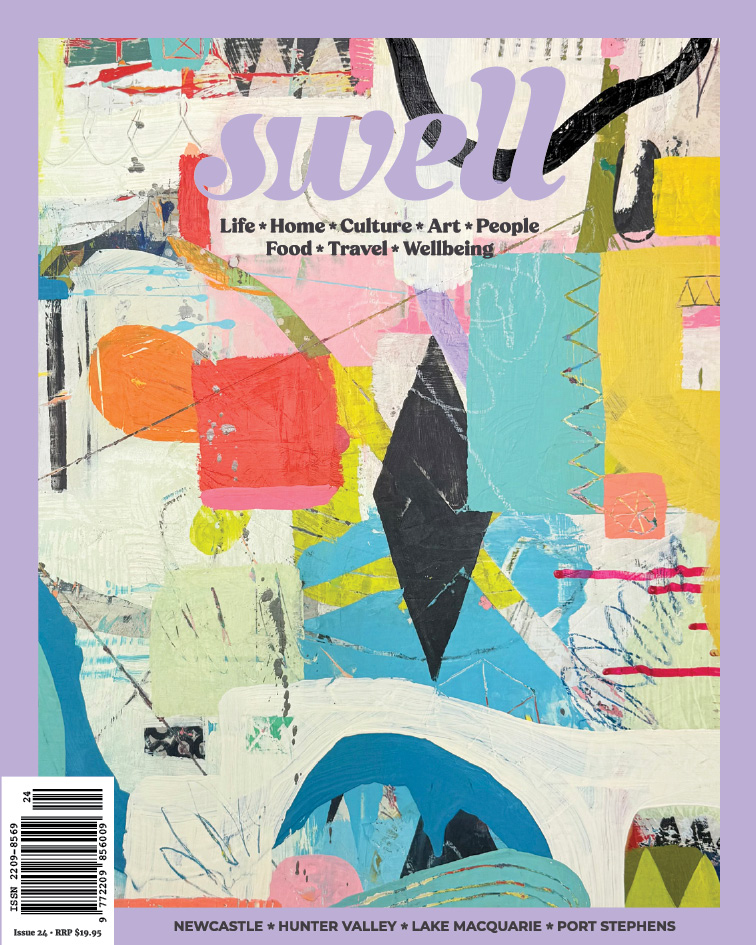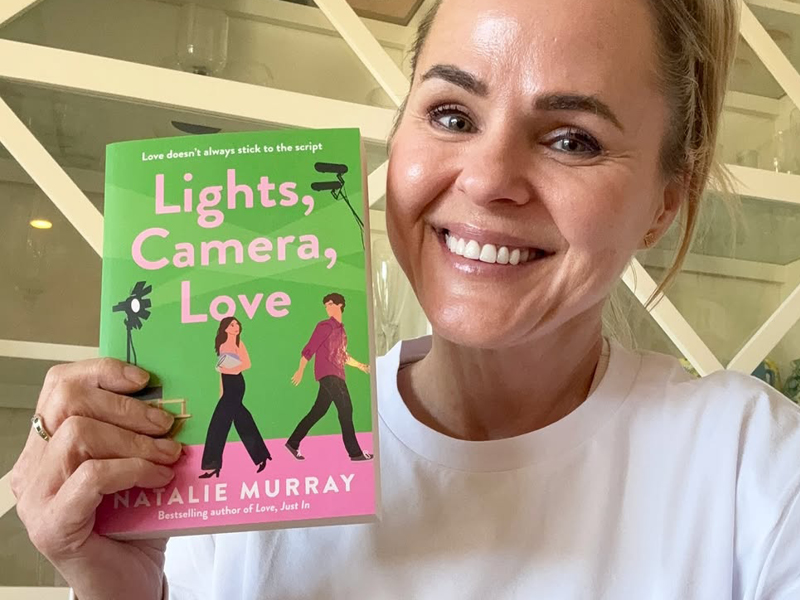In a world with an overload of information at our fingertips, it now feels like every decision is a challenge – even the small ones, such as what to have for dinner. It’s so easy to look up online reviews or ask a group chat for advice, but then you become swamped in an overload of ideas and opinions.
All that information should make things easier, but in fact it leads to overthinking, second-guessing and a whole lot of procrastination. Thankfully, there is a middle ground between outsourcing the decision-making process to the internet and writing an old-fashioned pros and cons list. These approaches draw on a surprising range of resources (including your inner critic) in order to help you make better decisions.
Ask yourself how important this decision is
Spending a lot of time overthinking a decision, or simply avoiding it all together? Try asking yourself whether it really deserves this much of your energy. A good way to do this is to consider what impact the decision will have on your life in a year’s time. In most situations, the answer will give you the motivation you need to just make a decision without worrying about the consequences. Chances are you won’t remember the small decisions, but you will feel the impacts of big decisions like whether to move house or get a new pet. The idea here is to reduce decision fatigue by giving less of your energy to the small stuff that doesn’t matter in the grand scheme of things.
Tune into your inner critic
We all have that nagging voice in our head that doesn’t give us a break. You know, the one that’s always there to bring you down- with a very long list of reasons to justify the criticism. Listening to this voice feels like a way to keep ourselves safe – but the problem is that your inner critic is not a voice of reason, or even one of sensible caution. So, if your inner critic has a lot of ideas about a decision, listen to all the irrational things it has to say, and then disregard them. That way you can more clearly exercise a healthy level of caution and make a decision from there.
Align the decision with your values
Some decisions are messy and you will feel like there is no right decision – and that’s when you need to lower the stakes. If you’re facing a tricky situation, you’re not looking to make a perfect decision, since that is not possible. Instead, you’re looking to make the best decision for you and those involved. The simplest way to do this is to come back to what is important to you and the values you wish to live by. You may not feel content with any of your options, but you will be more at peace with a decision if you know it aligns with the things that are meaningful to you. If you suspect your ego is getting in the way, this process is also helpful for putting aside the unhealthy emotions connected with a decision.
Try the BRAIN framework
A lot of women use this framework in childbirth, when their ability to make clear decisions is compromised by pain, but a decision needs to be made all the same. This framework helps you to run through five questions that will give you a clear overview of the situation.
Benefits: What are the benefits?
Risks: What could happen as a result of this decision?
Alternatives: Is there another path of action that hasn’t been considered?
Intuition: What is your gut trying to tell you?
Nothing: What will happen if you do nothing?
It’s easy to make a pros and cons list when faced with a decision, but there is often more you could be contemplating. These prompts open you up to the whole picture by reminding you to also consider alternatives, or even the possibility of doing nothing.
Don’t strive for a perfect outcome
If you’re thinking that sounds harsh, bear with me, because this way of thinking will probably take a massive weight off your shoulders. Often we procrastinate when making a decision because we’re trying to work out the perfect solution. That puts a lot of pressure on you to get it right all the time, and that’s just not possible. Most decisions involve some level of compromise, so don’t let the idea of perfection stop you from making a decision and getting on with things. Once you can set aside unrealistic expectations, making decisions becomes a lot easier.
Focus on the facts
By now you’re probably sensing a theme here: the internal chatter in our minds can really cloud our ability to make decisions. Instead of worrying about ‘what if’ scenarios or ruminating about other people’s opinions, narrow your focus on the facts. The easiest way to do this is to pull out a pen and paper and write down everything you know to be true about the choice you have to make. Then review that list and consider if any of those points are assumptions you’ve made, rather than facts. Once you have the facts in front of you, you’ll be able to see your options much more clearly. This will help you to either make the decision or seek out any extra information you need.
Just imagine how liberating it would be if you were a decisive person. You know, the kind of person who doesn’t spend a good ten minutes choosing whether to buy their usual brand of peanut butter or try the one on special. Those people must have so much time and vacant brain space!
The thing about decisions is that we have to make a lot of them in order to be a functioning human being… Which superannuation fund should you choose? Should you confront that nasty work colleague? Could you really become a vegetarian? By putting off these decisions, you only add to your mental load and stress levels – and that’s not terribly helpful.
When Barack Obama was US President, he only wore grey and blue suits to alleviate the need to decide what to wear each day. The idea was that he was reducing his level of decision fatigue by not sweating the small stuff, like what he wore and ate. Sadly, we can’t handle all of our decisions in such a simple way – so the next time you’re tempted to get a group chat to make a decision for you, step away from the phone and see where these methods take you instead.
Words: Melinda Halloran | Illustration: Claire Cresswell
As seen in Swell Issue 18.





